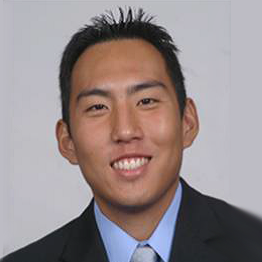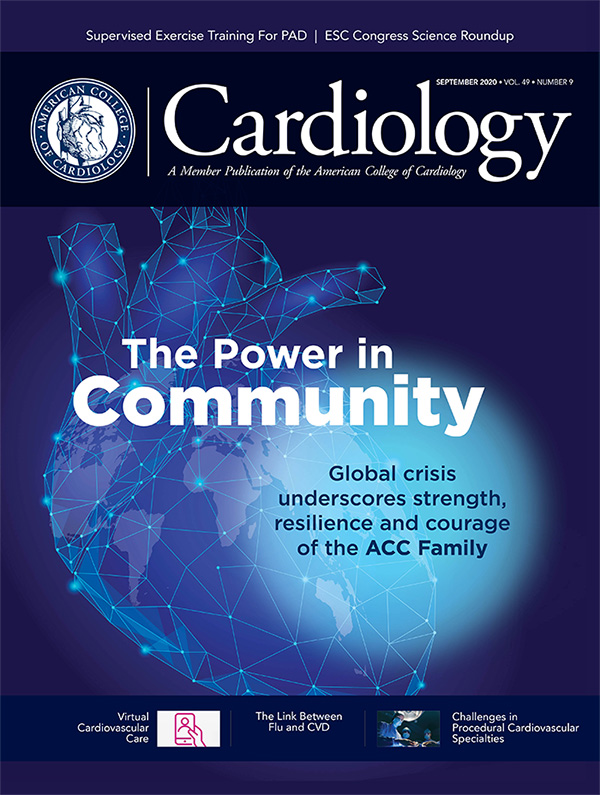Challenges in Procedural Cardiovascular Specialties
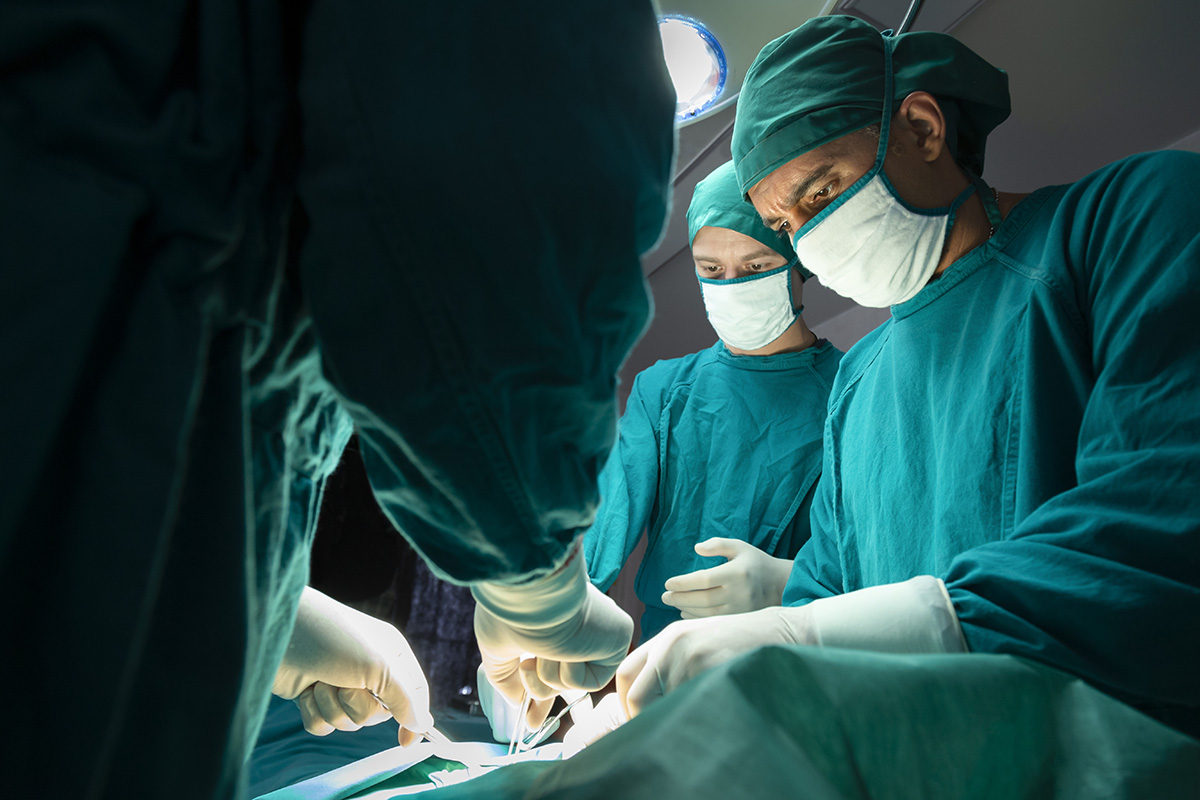
"The surgery spot is yours to refuse," my research mentor told me.
One of the toughest decisions I made in medical school was telling my research mentor and program director of the general surgery residency that I would be applying into internal medicine. At the time, I was wrapping up a research year in general surgery after having spent the last four years seriously considering becoming a surgeon.
I knew all the surgical faculty and housestaff, and I had attended the major surgical conferences year after year in preparation for residency applications. When I was fortunate enough to be awarded a coveted spot in the surgical training program, the decision should have been a no-brainer.
However, I had many reservations and ultimately walked away from a career in surgery. I distinctly remember one of my concerns was whether I would have the hand skills to excel in a procedural field.
"Don't worry Ed," my research mentor said.
"You can train a monkey to operate."
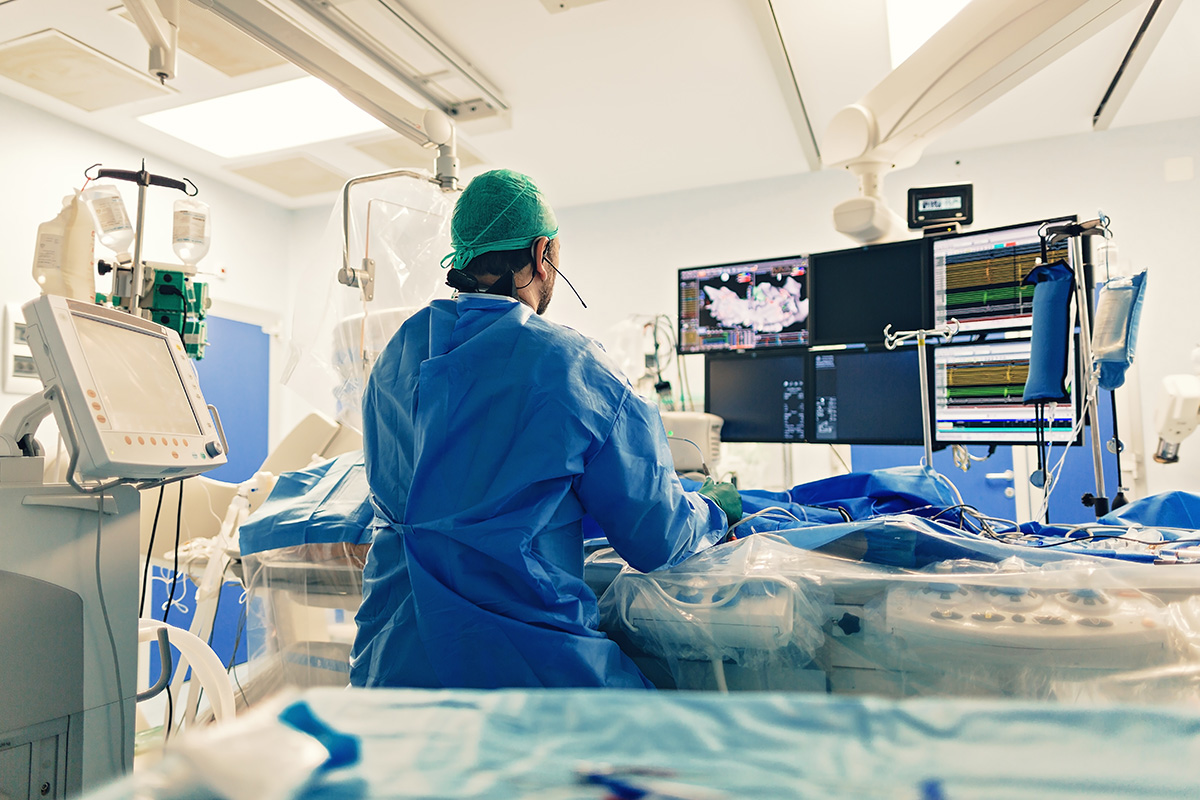
Over half a decade later, I overcame the cold feet I initially had regarding hand skills and made the opposite decision. After completing general cardiology fellowship, I pursued additional training in electrophysiology (EP) – a specialty that has shifted its focus over the years from a cerebral field fascinated with the mechanism and pathophysiology of the cardiac conduction system to a procedural field pushing the envelope on innovative device implant techniques and complex ablation strategies.
Having completed my first year of training in EP fellowship, I've now realized that the technical, hands-on component in EP was likely just as challenging as it would have been in surgery residency.
There are many reasons inherent to a procedural field that make learning the skill set difficult. Similar to surgical trainees, cardiology fellows in invasive specialties experience the physical stress related to standing for long periods of time (exacerbated by the need to wear lead), the mental strain related to focusing on the case at hand while blocking out everything else that may be requiring your attention outside of the room, and, of course, the emotional duress related to receiving critical feedback from the supervising attending (who may have an entirely different approach towards the procedure than what the trainee was previously taught).
In addition to these shared difficulties, there remain yet another set of procedural challenges that is unique to the invasive cardiology fields.
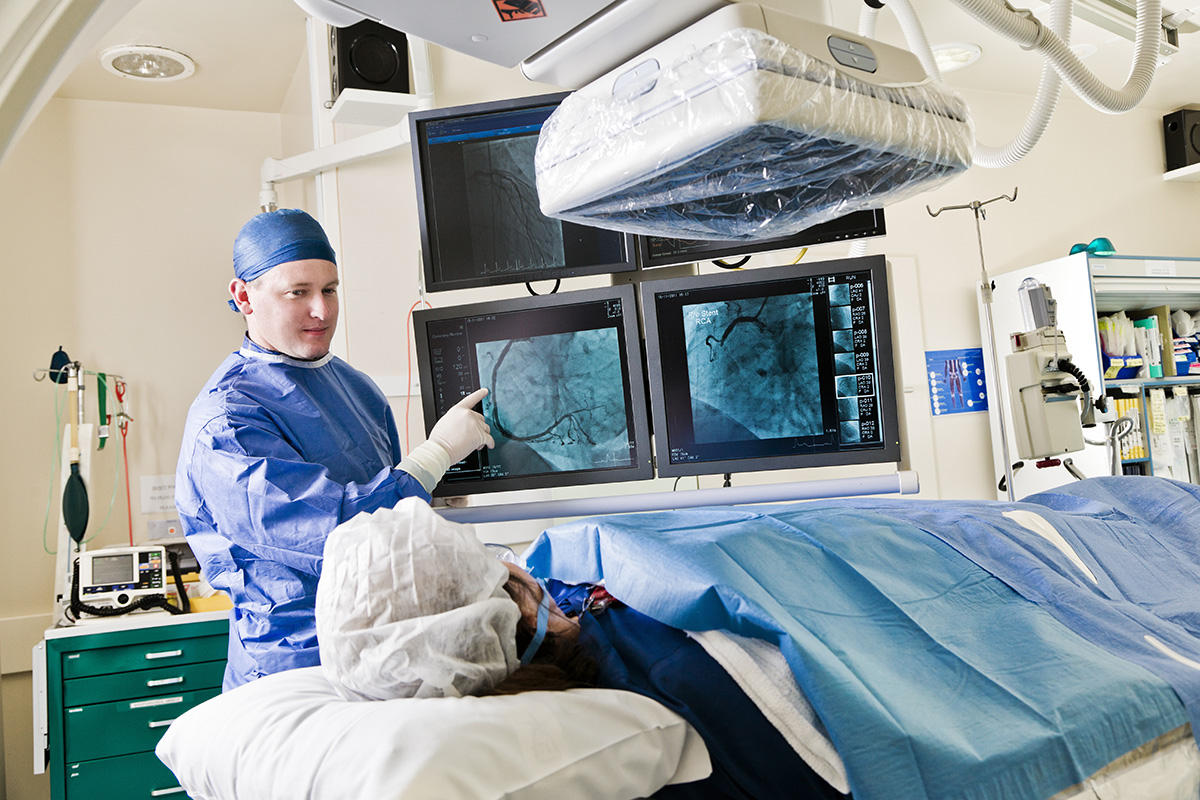
The first procedural challenge is the inability to directly visualize cardiovascular anatomy. Groin access is achieved by either palpation or under ultrasound guidance. Wires and catheters are positioned with fluoroscopy, echocardiography, or signals derived from pressure and electrical transducers.
The images are often displayed with an angulation or orientation that deviates from the standard anatomical position. Every lump and bump becomes coded in grey scale, and the individual slices of monochrome have to be reconstructed before a complete understanding of the anatomy can be achieved.
Variations in patient anatomy, such as a prominent Eustachian valve or an extra pulmonary vein, must also be accounted for in the context of the procedure at hand.
Ultimately, decisions are made to maneuver potentially sharp instruments in a small cardiac chamber or narrow blood vessel with only a surrogate sense of space. While patients are conveniently reassured during the consenting process that "surgery" is not being performed, this becomes an inconvenience to the budding operator who has to re-learn the ability to "see" the cardiovascular system through other modalities.
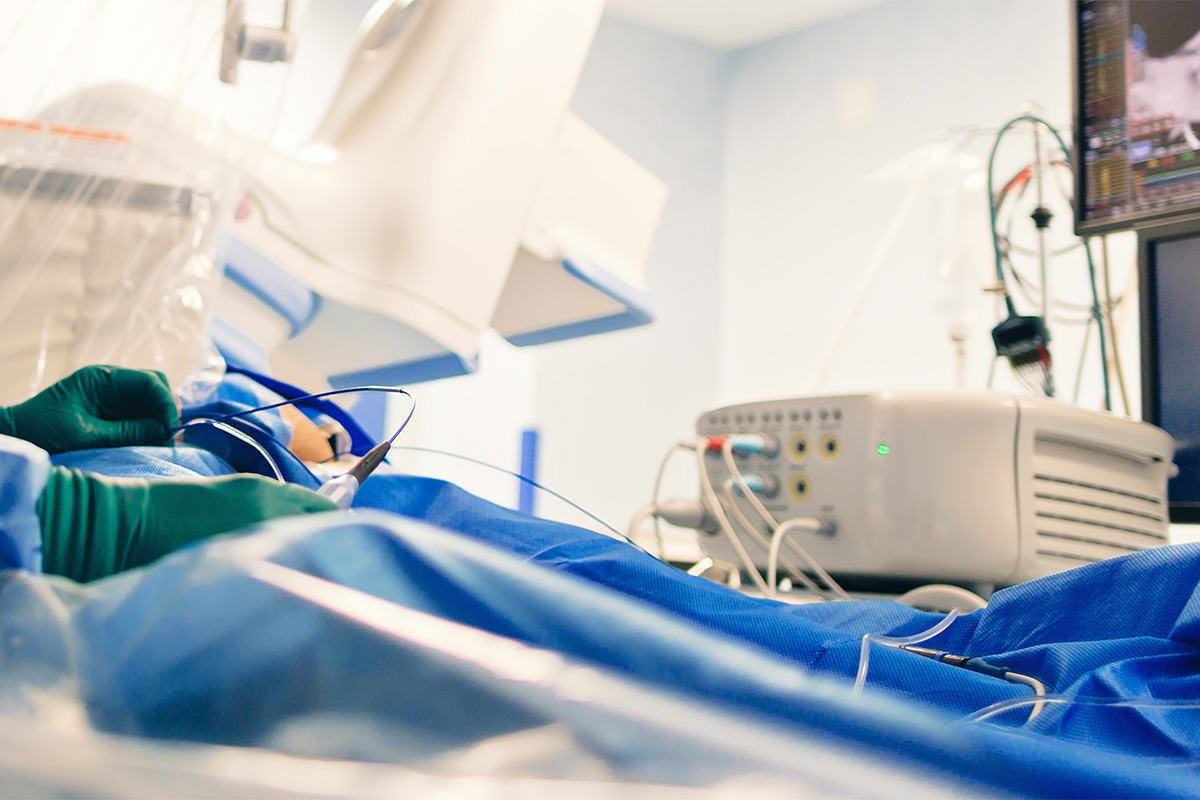
The second procedural challenge is managing the constant barrage of intraprocedural information that seemingly distracts the operator from achieving any given task.
On my first day as an EP fellow, my eyes were jumping between six live monitors: a fluoroscopy screen, an intracardiac echo (ICE) screen, an intracardiac electrogram screen (streaming at 100 mm/s, or four-times the speed of a typical ECG), a review screen of intracardiac electrograms used to determine timing between signals, an electroanatomical mapping screen, and another screen with the graphs and trends of the various ablation indices.
My ears, covered by a headset, were eavesdropping on relevant clinical updates from the circulating nurse, technician, mapper, anesthesia and the attending, while the uncovered part of my ear was tracking the steady beep from the heart rhythm monitor, the alarms from the ablation catheter setup, and the groans of the patient who was only gently sedated.
Most importantly, my hands were nervously gripped against one of many potential catheter handles, each providing yet another set of (tactile) feedback: a recording catheter in the coronary sinus, the ICE catheter in the right atrium, a mapping catheter in the left atrium, and a roving ablation catheter in a pulmonary vein.
Ironically, I did nothing that entire case yet my anxiety levels had never been so high. With so many stimuli to pay attention to at any given time, it comes as no surprise that the seasoned invasive cardiologist has likely developed both obsessive-compulsive disorder and attention deficiency disorder-type tendencies.
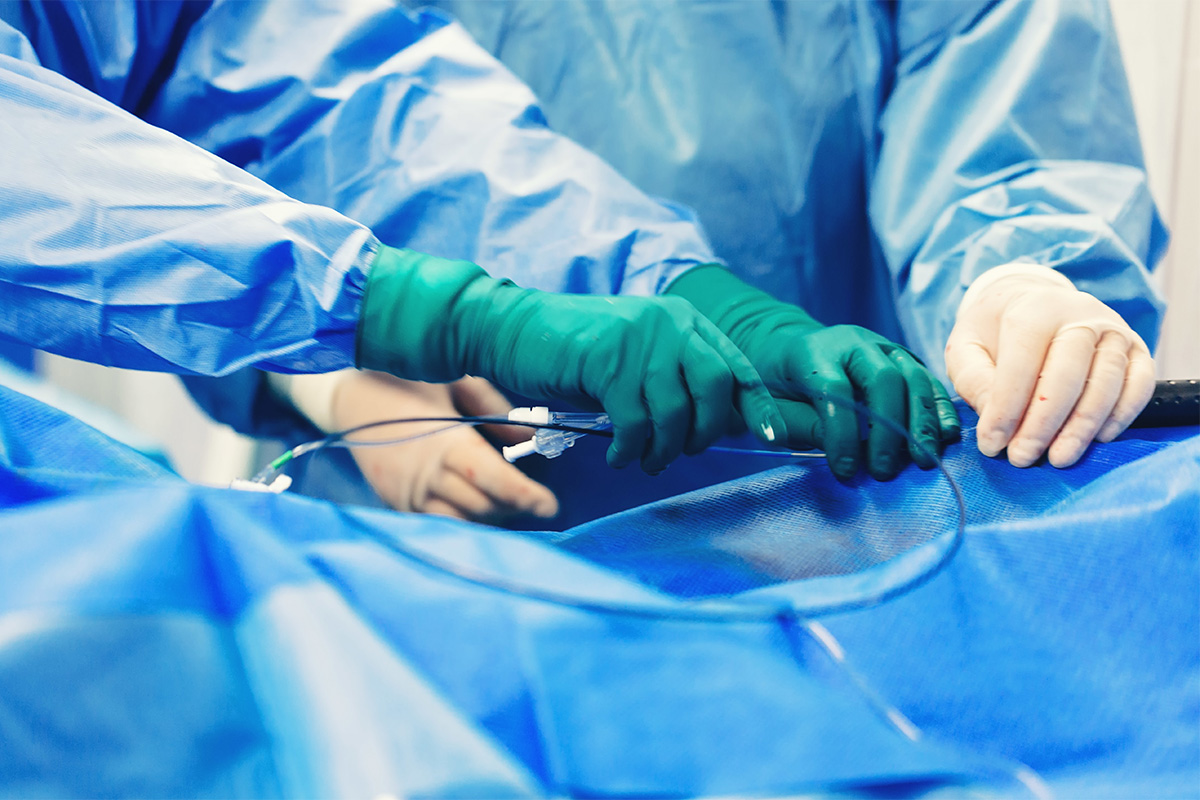
However, for the novice operator who has never been the center of such attention, the invasive cardiology laboratories can be an incredibly overwhelming place.
The last but most significant procedural challenge is developing the awareness and confidence to manipulate wires and catheters without inadvertently injuring the patient. Complications may be rare, but their consequences can be devastating.
The majority of patients pursue invasive cardiac procedures electively to improve their quality of life, and not as a lifesaving measure. If a patient was to develop cardiac tamponade, complete heart block, stroke or some other disabling condition from an ambulatory procedure, it would be a flagrant violation of the proverb "First, do no harm."
As a trainee, there were numerous instances where I blindly advanced and rotated catheters as instructed by my attendings without truly knowing what would happen, and plenty more instances where I repeated the same maneuvers on my own and was rebuked by an attending for not being careful enough.
The first several months of fellowship often felt like a Catch-22 where my procedural inexperience prevented me from developing procedural confidence, and my lack of procedural confidence kept me in a state of procedural inexperience.

Eventually, through trial and error and with repetitive exposure, my hand-eye coordination improved and I overcame my fear of causing complications. However, I will never forget the dread I felt the first time I punctured the femoral artery with a needle or cut over the deltopectoral groove with a blade.
The learning curve in procedural specialties is undoubtedly steep. The reality of the matter is that procedural mastery continues over a lifetime and is not only limited to the boundaries of fellowship. No amount of reading or literature review can replace the muscle memory that is incrementally developed through each hands-on experience.
Unfortunately, opportunities to "practice" occur on real patients and are associated with real risks and potentially permanent consequences.
As someone who has stumbled through his fair share of mistakes in the EP laboratory, I can say with confidence that it is not possible to train a monkey to operate – not in surgery, and definitely not in cardiology either.
Clinical Topics: Pericardial Disease, Sleep Apnea
Keywords: ACC Publications, Cardiology Magazine, Electrophysiologic Techniques, Cardiac, Fellowships and Scholarships, Internship and Residency, Pulmonary Veins, Coronary Sinus, Quality of Life, Reading, Schools, Medical, Learning Curve, Cardiac Tamponade, Haplorhini, Memory, Femoral Artery, Groin
< Back to Listings

